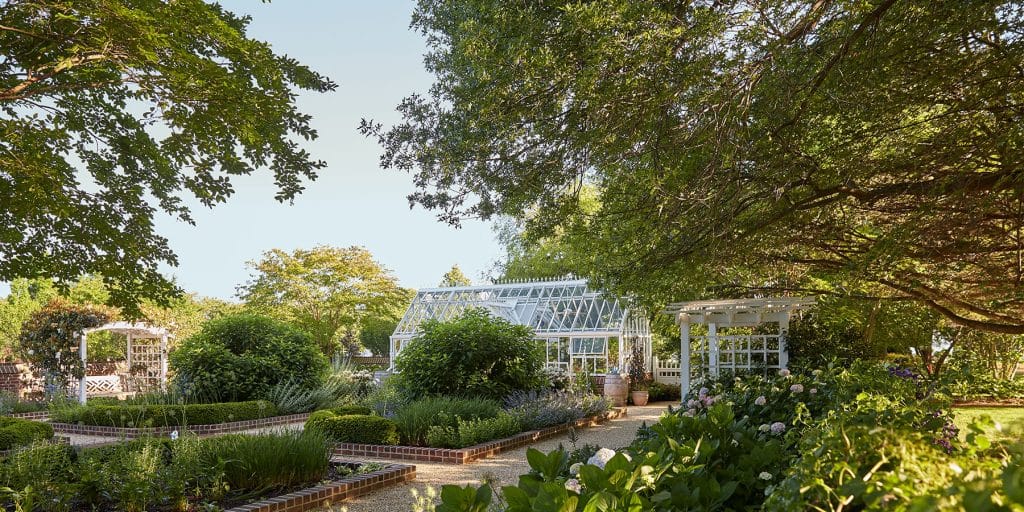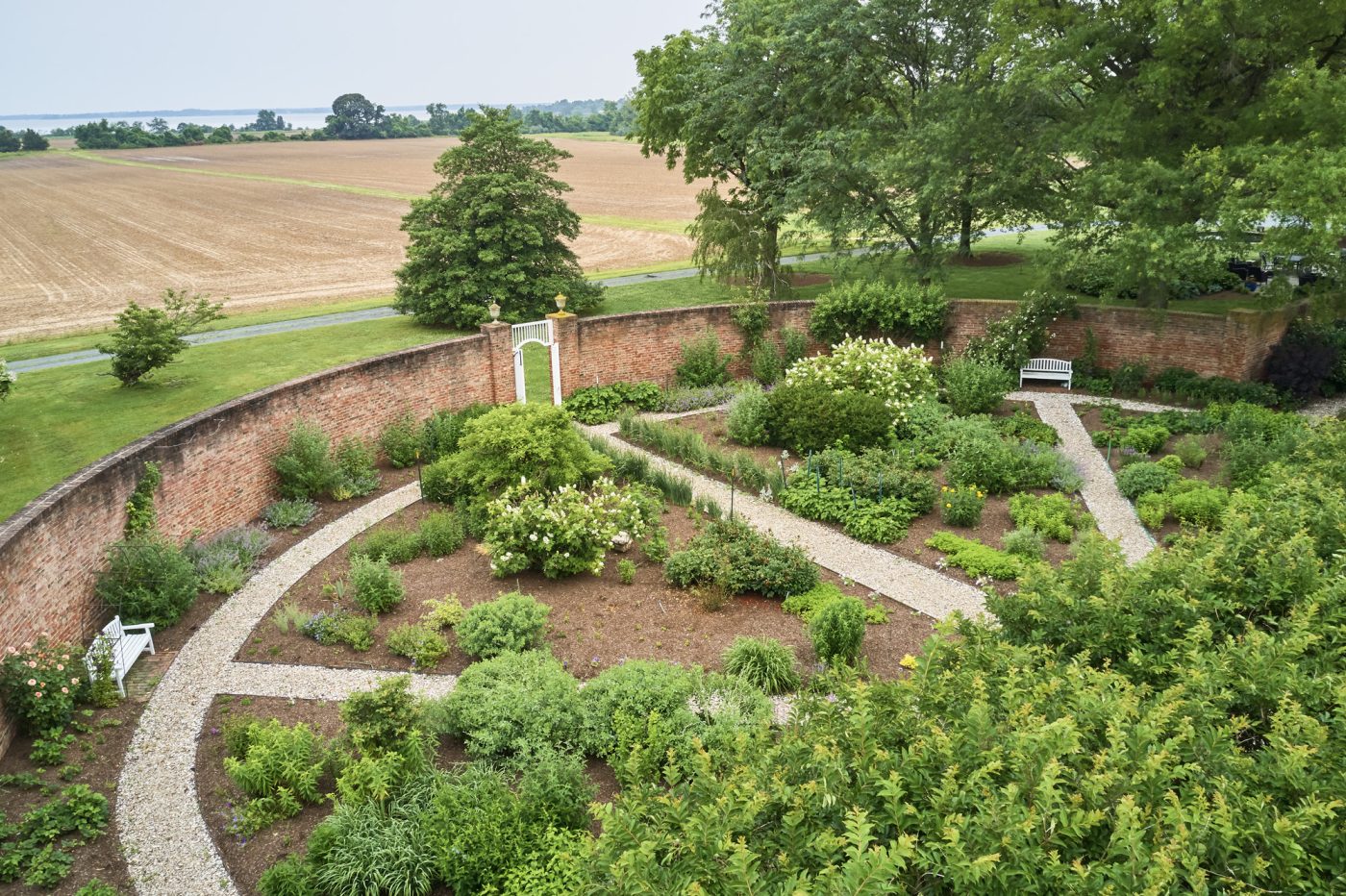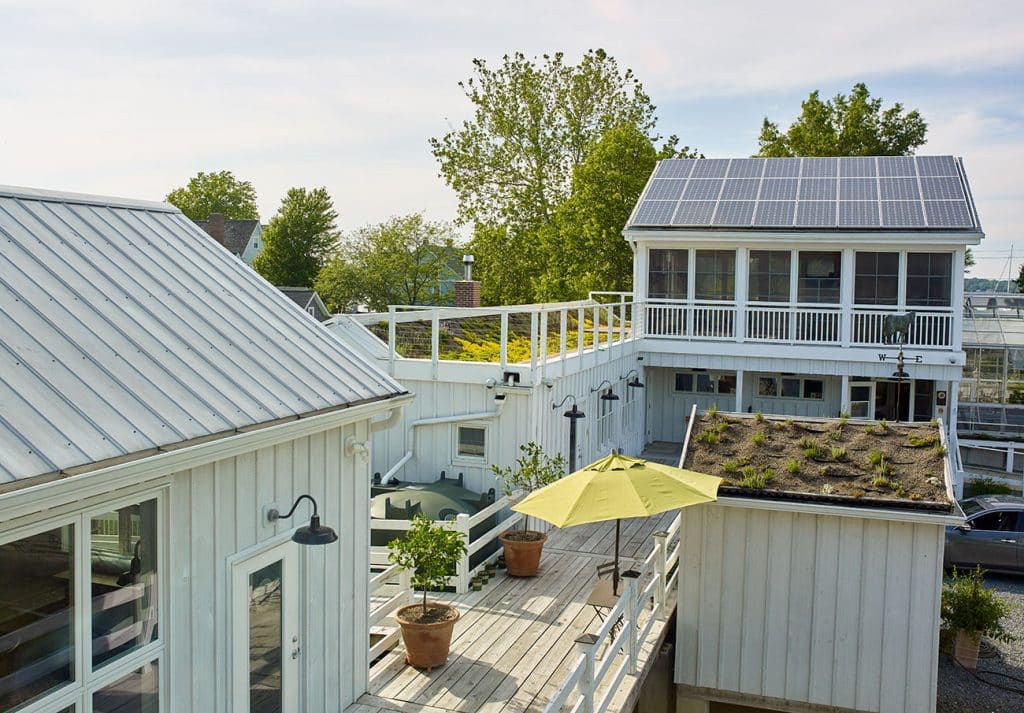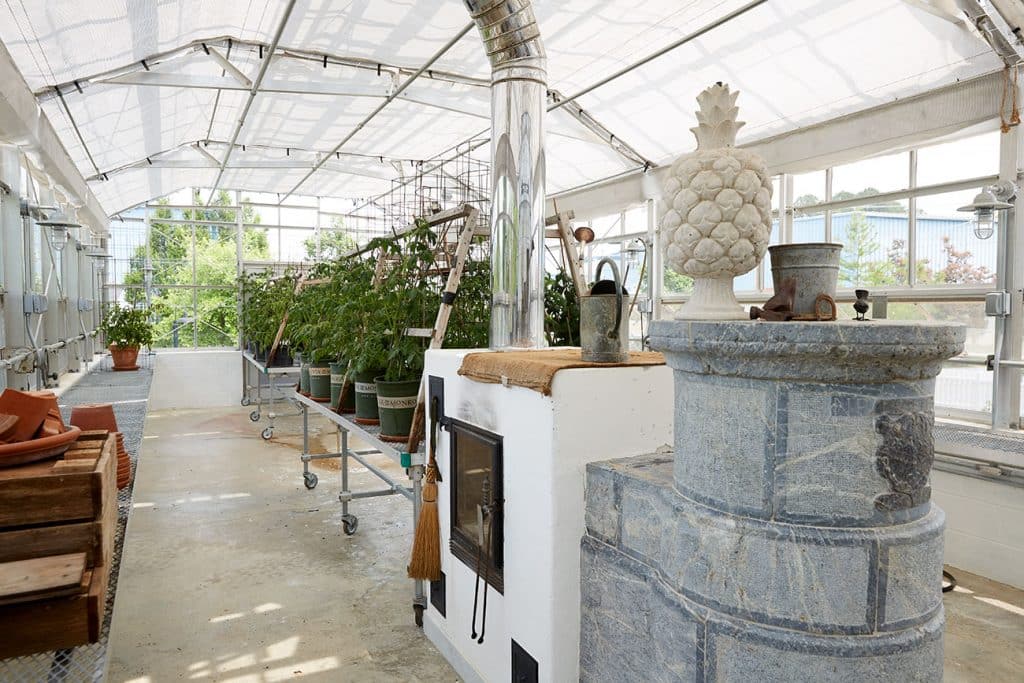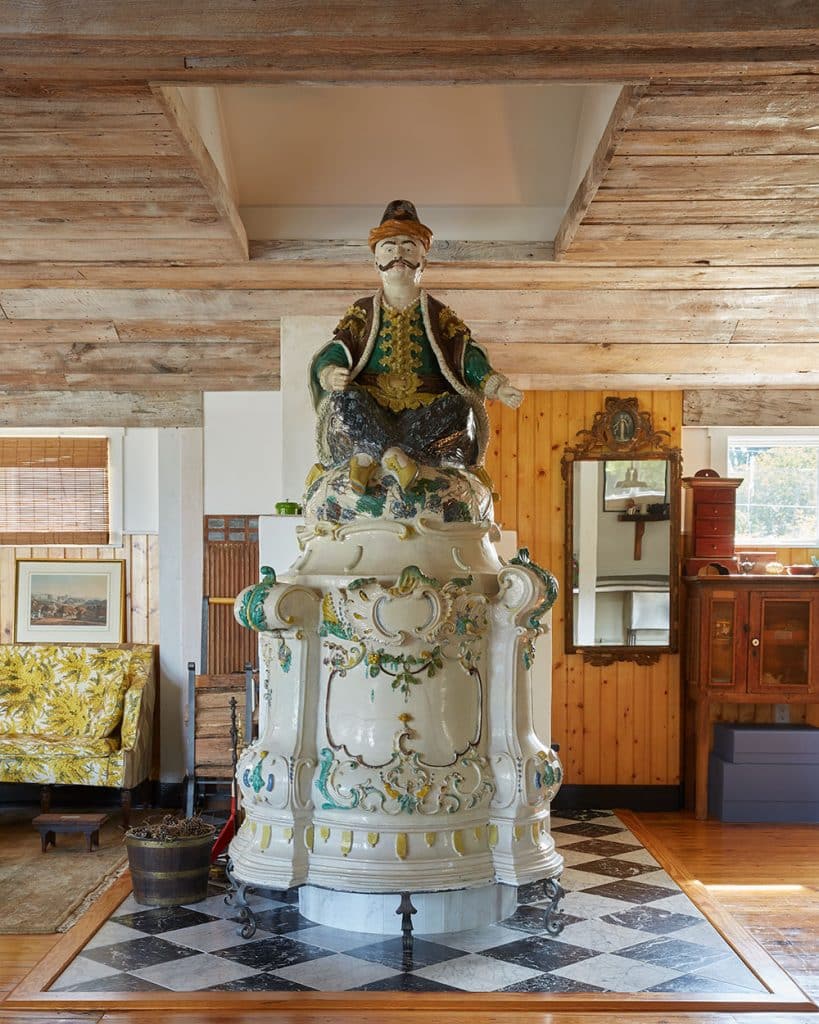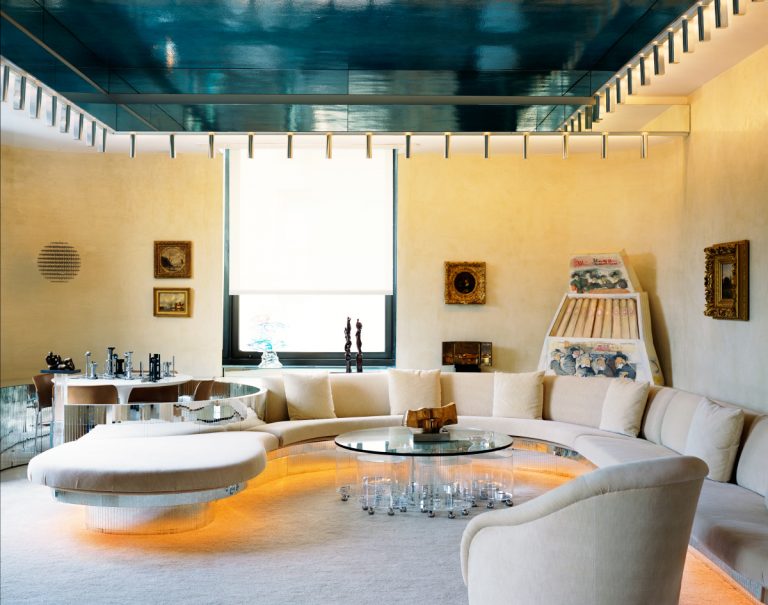
July 21, 2019Barbara Paca is a landscape architect who likes intellectual challenges. Asked to help revive the garden surrounding the historic Government House on Antigua, a Caribbean island she has been visiting for 20 years, Paca came up with a plan for what she calls a “shared paradise” incorporating “teaching paths” where schoolchildren will learn about native plants like mahogany and Lignum vitae. (It is scheduled to be completed in 2022.) But that’s hardly the extent of her involvement with the island nation of Antigua and Barbuda, a British colony until 1981 and a place where cricket and calypso coexist. Named a cultural envoy in 2016, Paca, 59, has helped curate the country’s Venice Biennale entries, which have focused on environmental justice as a civil right, the historical roots of Antiguan carnival costumes and the artistic output of an underappreciated native son, Frank Walter.
Antigua is a long way from California, where Paca (pronounce PAY-ka) was born, and from Manhattan’s East Village, where she runs her landscape architecture business out of a photogenic storefront office. The firm is called Preservation Green, a name that sums up what she is determined to accomplish: saving old buildings and landscapes (including farms that, she says, have “survived wars, droughts and inheritance taxes”) while minimizing the environmental impact of those efforts. The firm also works on modern buildings and landscapes.

Addressing climate change these days means tackling both resilience and prevention. The best example of how Paca pursues those parallel goals is in Oxford, Maryland, on the Eastern Shore of the Chesapeake Bay, where she has created a home and a separate research and design studio — which she calls a think tank — with her husband, architect Philip Logan, a partner in Preservation Green. To protect the early-20th-century buildings that compose the think tank from rising waters, she repositioned them atop nine feet of fill. And to protect the planet, she equipped them with solar panels, which required the permission of Oxford’s Historic District Commission, in addition to giving three of the old structures green (planted) roofs, one sloping. “It was an engineering challenge, but I wanted everyone to be able to do it,” she says, meaning she wanted to find and implement a solution that others can apply. In addition, she installed cutting-edge storm-water management and rainwater-harvesting systems and other green features, which together garnered the project a LEED Gold designation. Paca wouldn’t have it any other way. She is setting an example for her clients, who include Michael Bloomberg (a horse farm in New York’s Westchester County) and filmmaker M. Night Shyamalan (a pair of properties on Philadelphia’s Main Line). Her primary mission, as she sees it, is helping them become the best possible stewards of the property they own.
“If you have land, you have a responsibility,” explains Paca. “I can make it pretty, but it also has to be sustainable.” One of her clients, she recounts, inherited 150,000 acres in Florida; she persuaded him to undertake a vast reforestation using native oaks. “I’m not saying it has to be a misery march,” she notes of Preservation Green’s work. “But we have to think about the most intelligent solutions. I’m not going to dumb it down.”

It’s as if Paca answers not to clients but to their land. And she expects them to do the same. “Everyone says they’re environmentally aware. I say, ‘Prove it.’ I’ve fired clients,” Paca states, “if it turns out they aren’t who they say they are.”
She does all the things other landscape architects do, but without excess. “My aesthetic is lean,” Paca explains. “I’m the person who says, ‘No, you don’t need a swimming pool right there. What you may need there is nothing.’ ” For her, nothing — precious, restful open space — is one of the most important elements of a successful landscape.
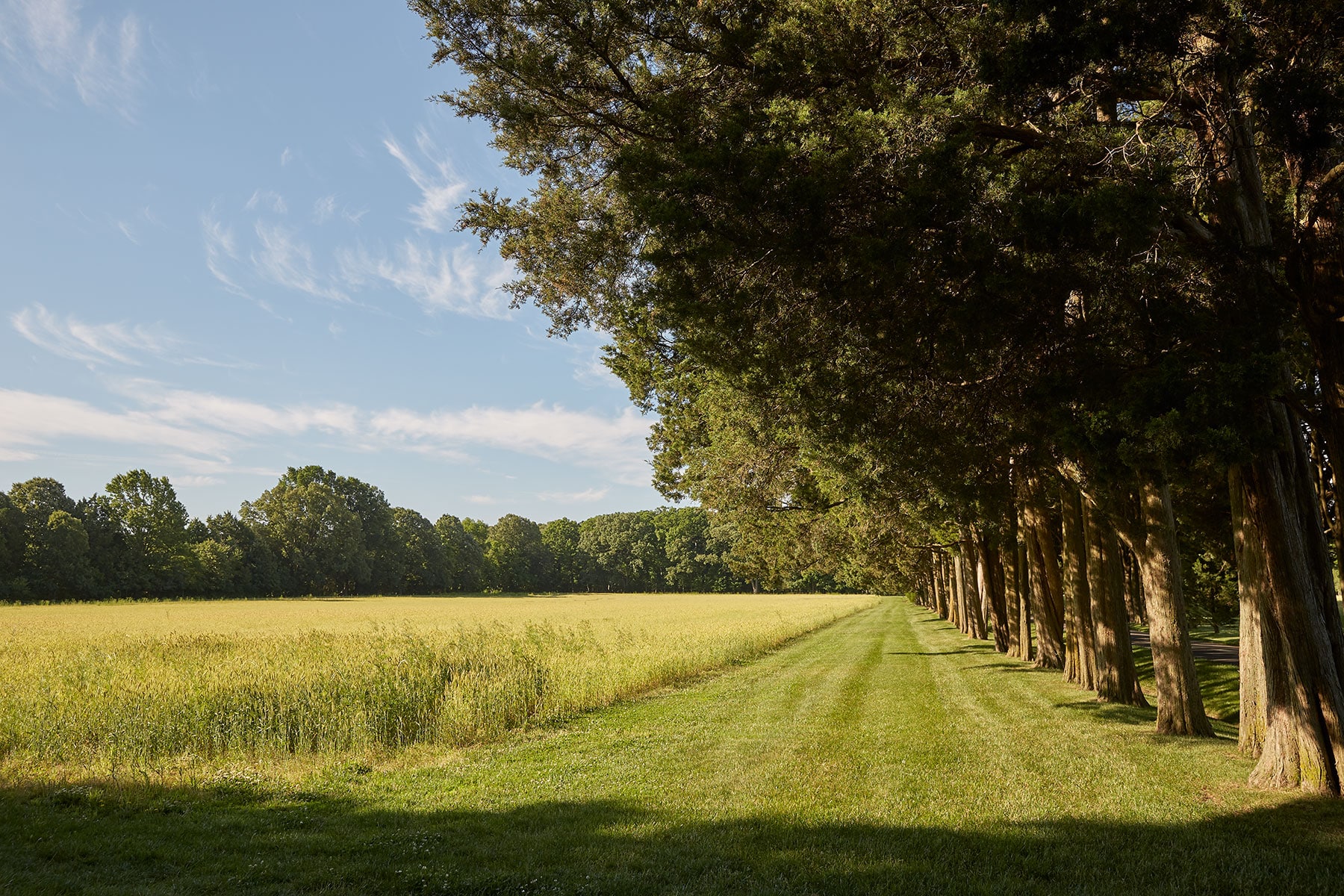

Among those clients who walk the walk are Charles and Geneva Thornton, owners of a historic house in San Marino, California, just outside Los Angeles. The Thorntons not only donated the house to the National Trust for Historic Preservation but, to improve its setting, bought up neighboring parcels and created a 10-acre garden that they added to the bequest. In designing that landscape, Paca chose plants that would require little irrigation, some from California and others native to regions with similar growing conditions (including parts of southern France and the Caribbean). The mix includes hellebores, bergenia, plumbagos, camellias, crocosmias and irises, plus gardenias and jasmines for fragrance. Large sections of the garden hug a public pedestrian path, created by Paca and the Thorntons as a way, she says, “of giving something back to the community.” One grateful neighbor told the local paper that walking along the property “makes you feel like you have appeared at the gates of heaven.”
Paca was born, she says, “on a naval station in the middle of the California desert,” where her father was doing military research, but she spent most of her childhood in Scottsdale, Arizona. She studied landscape architecture at the University of Oregon and spent six years at Princeton, where she received a Ph.D. in art history. (“I wanted to better understand how landscapes fit into a larger cultural and aesthetic context.”) She won fellowships at several well-known institutions and is now a research professor of anthropology at the University of Maryland. Beyond those academic achievements, her résumé includes numerous honors. Last year, for instance, she was named to the Order of the British Empire in recognition of her historic preservation work.
Logan, for his part, was born in Taiwan to a diplomatic family. He grew up in such world capitals as Moscow and Beirut before studying architecture at Columbia University and establishing a practice in Paris, where he and Paca now spend several months each year. (They have a teenage son, Tilghman, who is disabled.)
“I always say I’m getting tired of traveling, but that’s a lie,” Paca says. “We’re pretty global.” By the end of this year she will have spent time in New York, Paris and Antigua (her regular haunts) as well as England, Ireland, Morocco, Russia and Sweden. Still, the Maryland compound is her base, serving as “our think tank and research center.” Looking out the window of her studio there, she claims, “I can’t imagine being anyplace else.”
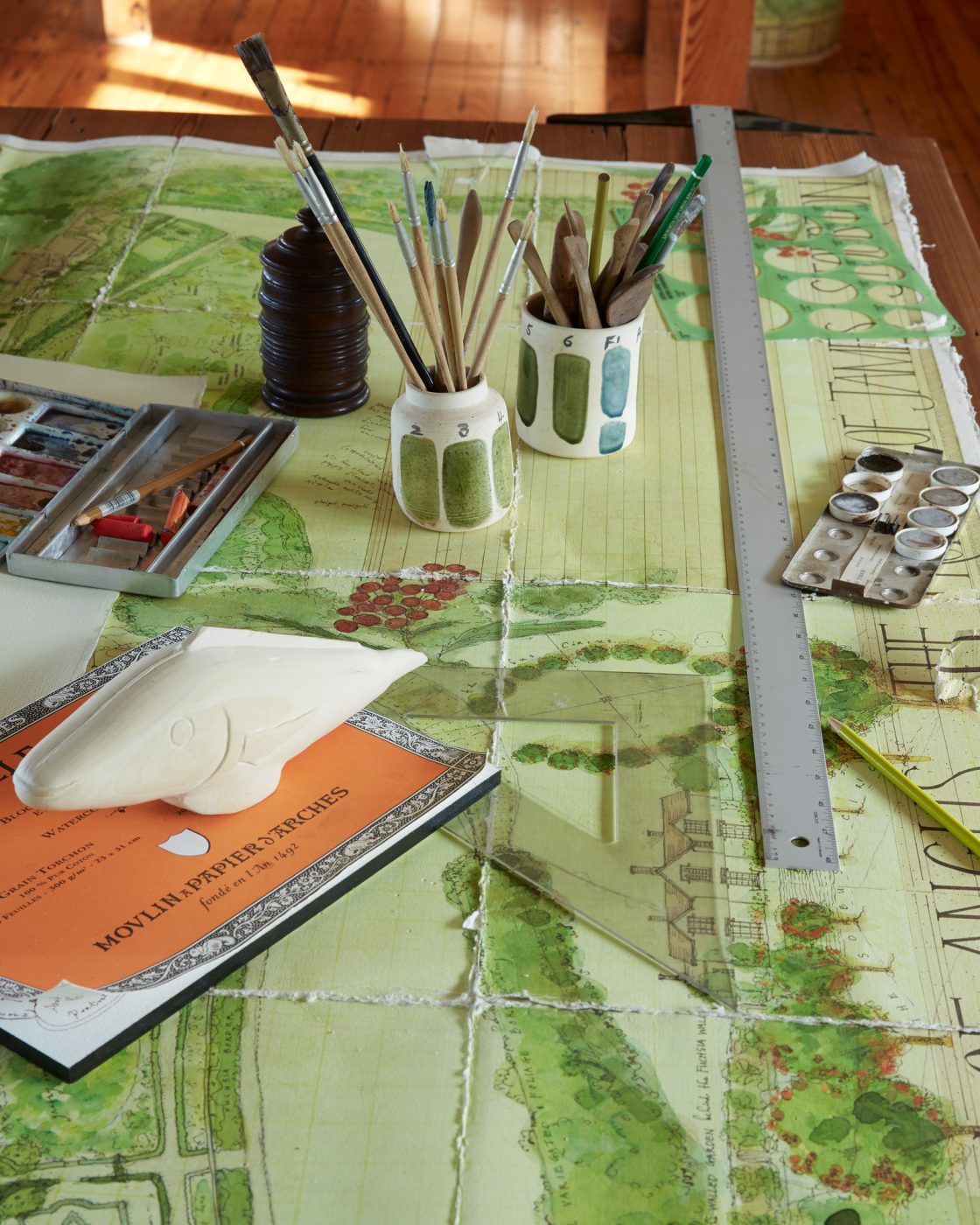
And in a very deep sense, her heart is on the east side of Chesapeake Bay, where her ancestors settled in the 17th century. They were plantation owners and signers of the Declaration of Independence. “If their dream of America was to survive, they had to accept that they were powered by a slave economy,” Paca says. “We probably are surrounded by relatives who are African American, but it’s only now just being acknowledged.” In 2018, in recognition of her work documenting the legacies of early African American families, she was named a trustee of the Maryland Historic Trust, which earmarks $1 million each year for properties that are part of African American history; one recent grant went to Harriet Tubman’s church.
Paca is fascinated by the region’s history — “We’re an hour from Washington, and people speak with an Elizabethan accent” — as well as by the physical conditions created by the relentless action of the bay. “There is no fat on this land. It’s all muscle,” she says of the Eastern Shore. She has designed gardens there for powerful people, including the Rumsfelds and the Cheneys, as well as a New York–based energy investor who owns a thousand acres near Easton, Maryland.
Another Eastern Shore client, Robert Simmons, asked Paca to help create a garden to honor his wife, Marcia, who was terminally ill. “I listened to her and translated what she wanted into a garden,” says Paca. She started by having handmade bricks from the Old Carolina company, in Salisbury, North Carolina, assembled into a curving 14-foot-high wall and spiral-shaped viewing platform. Then she planted an English garden in a palette Marcia selected, with a tapestry of salvias, lavender, orange butterfly weeds, Mexican tithonias and Lord Baltimore hibiscuses.

Paca’s commitment to the Eastern Shore extends far beyond working for deep-pocketed clients. One of her projects there is a small park in the town of St. Michaels. Paca designed it to accommodate a weekly farmer’s market, meaning she had to provide flat, level surfaces while still making it a thing of beauty. She accomplished that, she says, by focusing views on the vast maritime landscape.
These days, Paca continues to take on new landscape architecture commissions. But those seeking her services should be warned, she says, that “I’m not a brand, and I’m not going to give you a brand.” One of her clients, she recounts happily, complained, “ ‘We pay you all this money to make it look like you were never there.’
“The most important thing to know if you hire me,” she continues, “is that I’m going to take you seriously. So you’d better be ready.”
